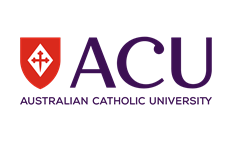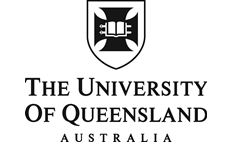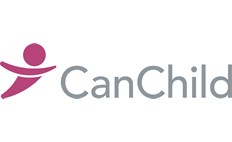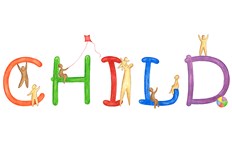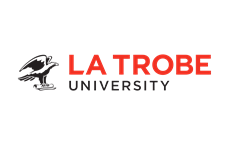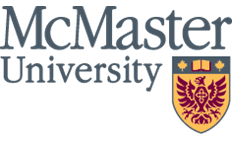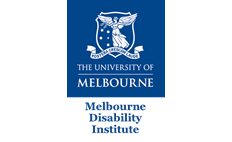Epidemiology of scoliosis in cerebral palsy: A population-based study at skeletal maturity
- Published
- Thursday, December 31, 2020 - 12:00 PM
https://onlinelibrary.wiley.com/doi/full/10.1111/jpc.15707
The most serious orthopaedic complication of cerebral palsy is a severe curvature of the spine, called ‘scoliosis’. It has been known for some time that children with cerebral palsy who are able to walk may develop very mild scoliosis. It is very rare for scoliosis to become worse over time for these children, and it does not have effects on their health or function. In contrast, children and youth who are unable to walk may develop more severe scoliosis that can progress rapidly. Some children with severe scoliosis may require surgery. If left untreated, severe scoliosis can and impact on sitting, comfort and breathing, and can cause major health problems.
Researchers at The Royal Children's Hospital and Murdoch Children's Research Institute, supported by CP-Achieve, have conducted a population-based study of scoliosis to see if they could identify characteristics of a child’s cerebral palsy that might place them at greater risk of developing scoliosis.
Researchers found strong links between a child’s walking ability and their risk of developing scoliosis. Almost all the young people in the study who were able to walk did not develop scoliosis and did not require treatment. Those who were unable to walk were much more likely to develop severe scoliosis. These young people had walking ability classified at level IV or V by the Gross Motor Function Classification System (GMFCS).
The research team also found that children with greater limitations in their upper limb function (Manual Abilities Classification System) and certain types of movement disorders (dystonia and mixed tone) were more likely to develop severe scoliosis.
This information will be helpful to young people with cerebral palsy, their parents and carers and health care professionals. In addition, a major purpose of the study will be to use the results to design ‘scoliosis surveillance’ programs to detect scoliosis before curves become severe and are harder to treat. Hip surveillance has been an important part of care for children and youth with CP for many years. We now have the information needed to develop guidelines for scoliosis surveillance programs.
This study was made possible by the Victorian Cerebral Palsy Register (VCPR) and has just been published in the Journal of Paediatrics and Child Health. The researchers wish to acknowledge the help provided by the VCPR and thank the young people with cerebral palsy who took part in the study.


